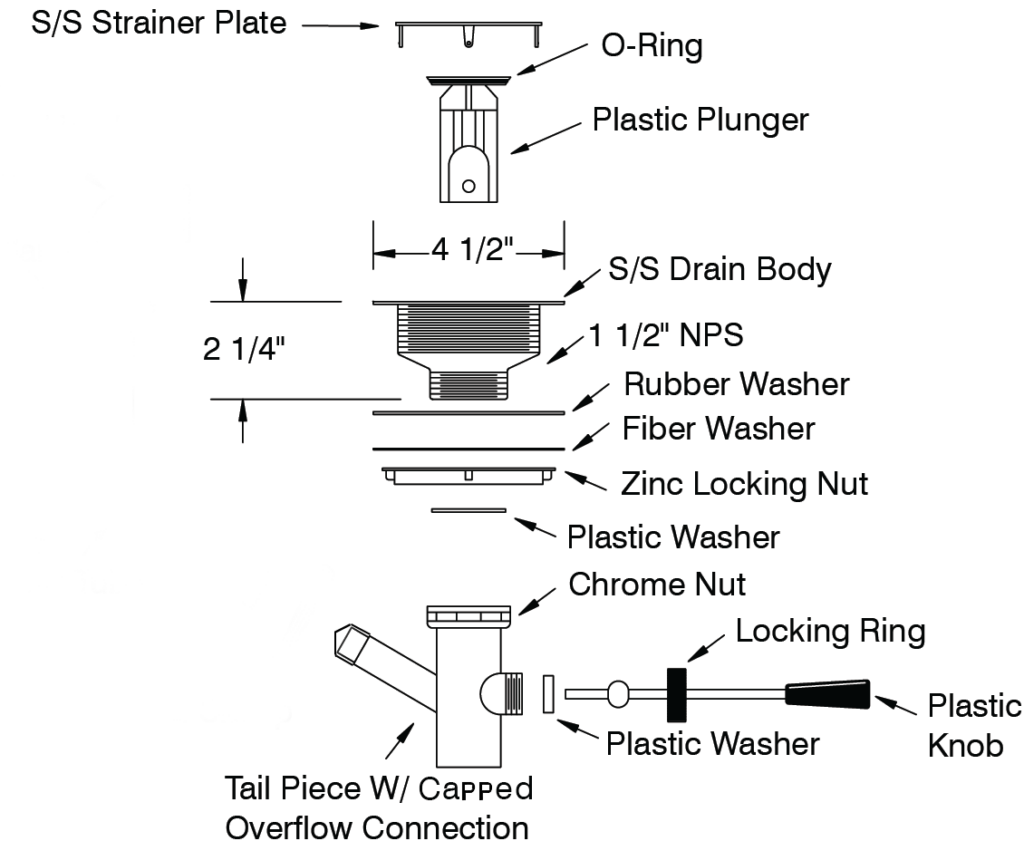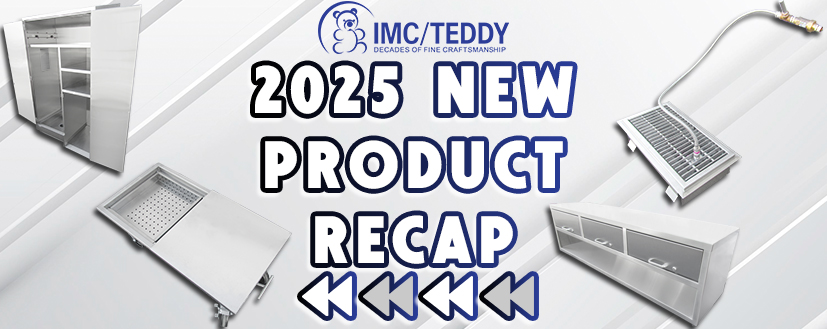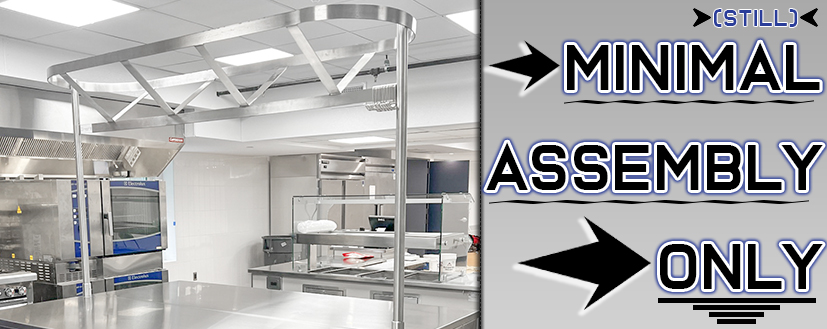The Ultimate Undercounter & Soak Sink Maintenance Guide

Undercounter & soak sinks are mobile compartment sinks that function as a secondary apparatus for washing utensils. They are small, convenient & handy for everyday use. With that said, you’ll need to maintain them correctly to keep them in your daily rotation. What is involved exactly?
In this article, we'll give 4 methods to maintain your undercounter/soak sink. These tidbits are useful for both types of soak sinks, so this makes your cleaning routines much easier. Let’s start the journey.
1. Caster Check
As mentioned above, undercounter & soak sinks are always on the go so casters will be used every time you operate them. This means the wheels will have to be in peak condition or else the sinks will be worthless.
The first thing to check is for any hitches or rough travel. Inspect the wheels for cracks or excessive wear & replace as needed. Remove any obstructions that may hinder movement. Evaluate the brakes for operation.
Casters may need occasional lubrication so apply a dry film lubricant if you are noticing your casters making loud squeaking noises.
2. Lever Drain Inspection
Every IMC undercounter & soak sink comes with a twist lever drain attached to the underside of the bowl to let out the excess water after you’ve finished the cleaning process. It’s a crucial part of the sink & needs to be working every time.
Over time the lever drain may become clogged with leftover debris so it’s vital to keep it well maintained. An effortless way to do this is to detach it from the drain itself & disassemble it and clear out all the particles. The lever drain comes apart via a simple twist thanks to the threaded body. You will not need any special tools, just remember to put all the components (gaskets, nuts, washers, etc.) of the lever drain the correct place when attaching it back to the sink! Here’s an exploded view of a typical lever drain assembly for reference:

3. Inspect the Body
Undercounter & soak sinks are low to the ground so they can be prone to scuffs, scratches & abuse. Over time, these injuries will add up.
Take a moment & inspect the structure of the sink. Look for any signs of major damage like dents which can compromise the integrity of the sink. Check the legs & crossbracing for any troublesome signs.
Optional components such as chutes or scrap baskets should also be looked over for any signs of wear.
Hot tip – if you are anticipating a lot of traffic around your undercounter or soak sink, we suggest equipping yours with corner bumpers to absorb some of the blow but use your discretion as always.
4. That’s Right..Clean!
It’s the age-old tale, but it must be done. Cleaning an undercounter/soak sink is certainly a maintenance priority.
Why?
With the number of debris & leftover particles from utensils in these sinks, sticky residue & soil is almost certain. Over time this will cake up & leave your sink unhygienic, so it’s best to do some daily mop up.
The outer edges of the sink should be cleaned as well, not just the inside. Make it look shiny & presentable!
Remember – no harsh cleaning chemicals or tools! Use a soft sponge & mild dish soap in a pinch. In extreme cases where the stand is absolutely covered in residue, you’ll want to achieve a more thorough cleaning. This can be done using a microfiber cleaning towel & an all-around cleaner such as baking soda.
Undercounter & soak sinks are a handy addition to your equipment lineup as they enable cleaning on the go. Keeping them in great condition will only yield the best results. To learn more about how IMC’s undercounter & soak sinks, click here.




